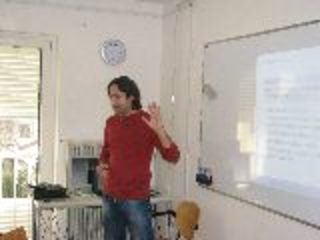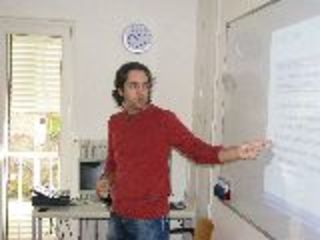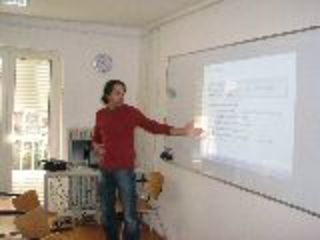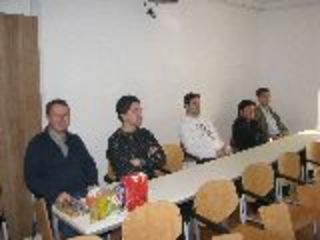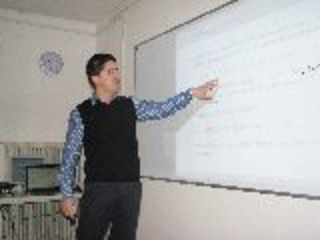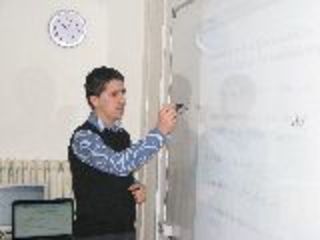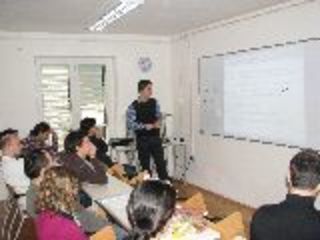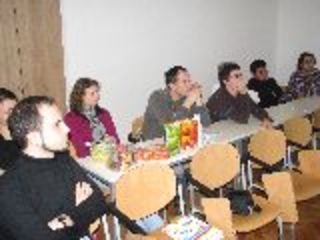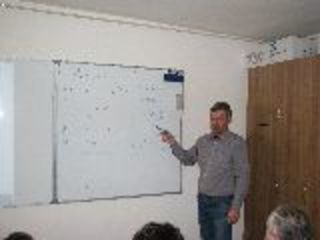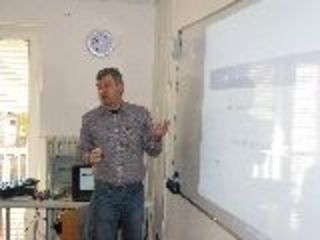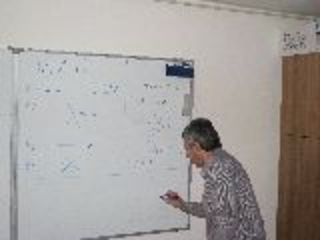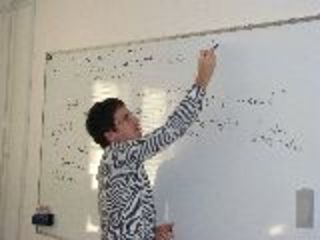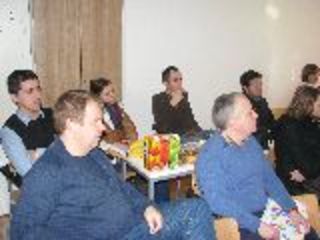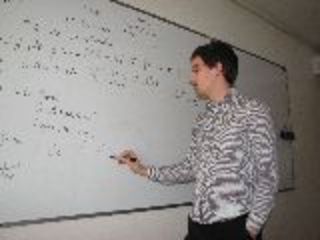
Raziskovalni matematični seminar - Arhiv
| 2025 | 2024 | 2023 | 2022 | 2021 | 2020 | 2019 | 2018 | 2017 | 2016 | 2015 | 2014 | 2013 | 2012 | 2011 | 2010 |
| 1 | 2 | 3 | 4 | 5 | 6 | 7 | 8 | 9 | 10 | 11 | 12 |
30.01.2012 Lecturer: Alexander Vasilyev
Title: Introduction to Sage. Examples of application to Graph theory
23.01.2012 Lecturer: Samed Bajrić
Title: Almost Perfect Nonlinear functions
Abstract: In this talk we present some basic properties of Almost Perfect Nonlinear (APN) functions over finite field of characteristic 2 and investigate some open problems. We provide the characterizations of Almost Perfect Nonlinear functions and of APN permutations by means of their component functions, which can be used in an iterated secret-key block cipher as a round function to protect it from a differential cryptanalysis. We conclude with the list of all, up to equivalence, APN and Almost Bent (AB) functions, which are equivalent to certain power functions f: GF(2^n) --> GF(2^n), f(x) = x^k.DOWNLOAD THE SLIDES FROM THE TALK: DOWNLOAD!
16.01.2012 Lecturer: dr. Gyorgy Kiss (Eötvös Loránd University, Budapest).
Title: Semiarcs and semiovals in PG(2, q)
09.01.2012 Lecturer: dr. Gabriel Verret
Title: Constructing a census of small cubic vertex-transitive graphs.
Abstract: We describe some recent theoretical results and various tricks which allowed us to compute a census of all cubic vertex-transitive graphs of order at most 1280. We also discuss how these methods could be expanded to higher order or valency. This is joint work with Primoz Potocnik and Pablo Spiga.




